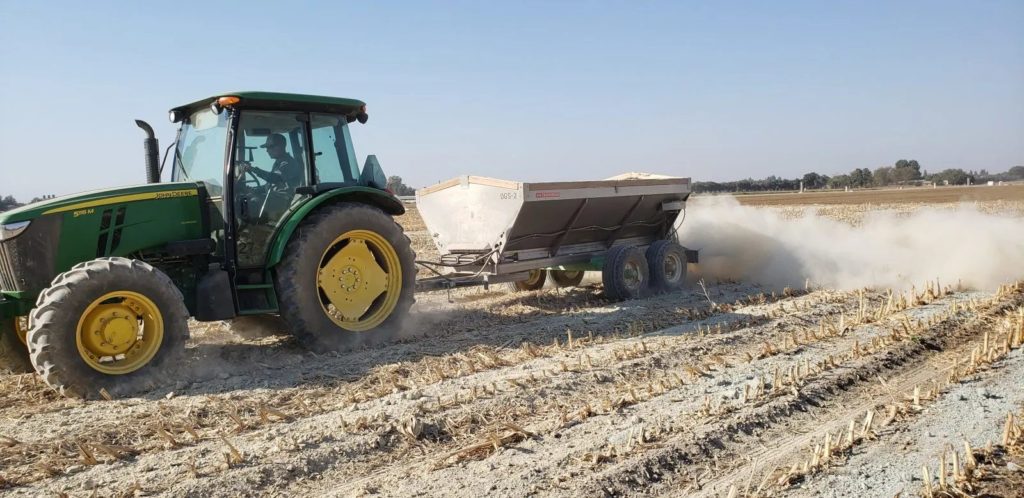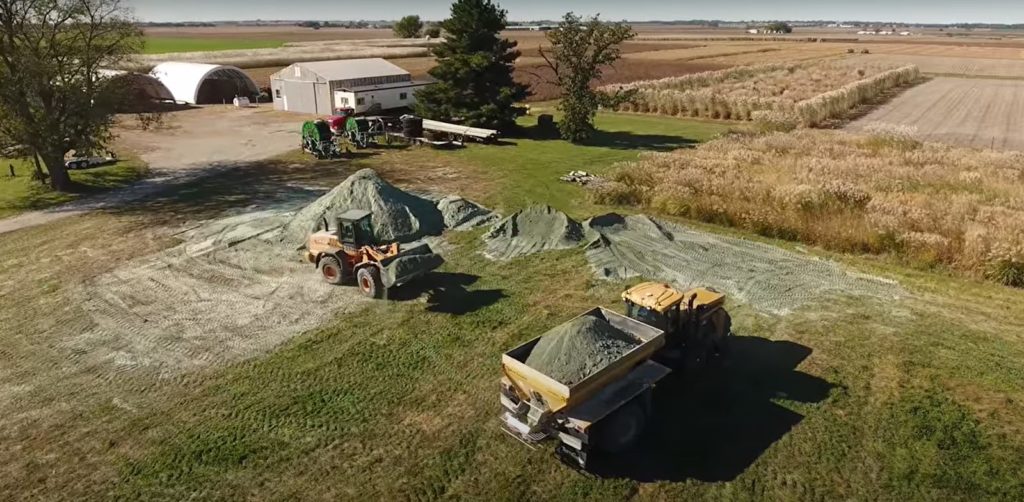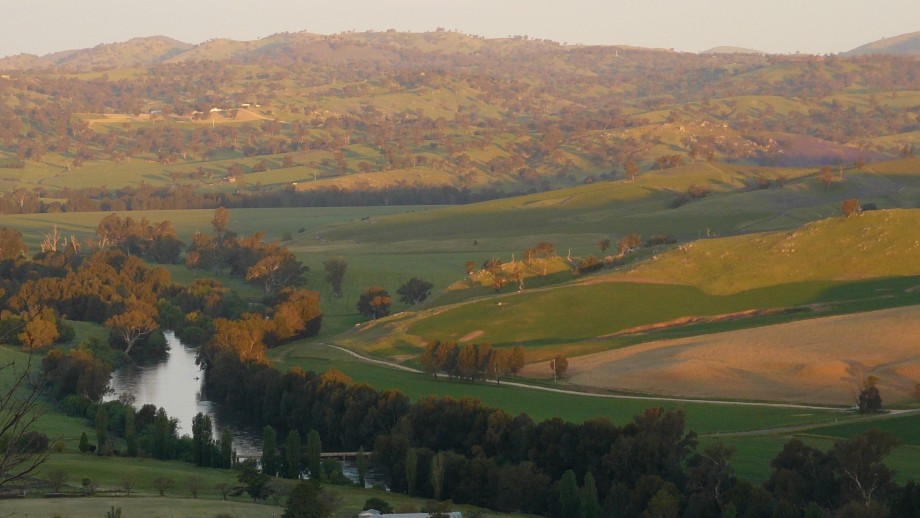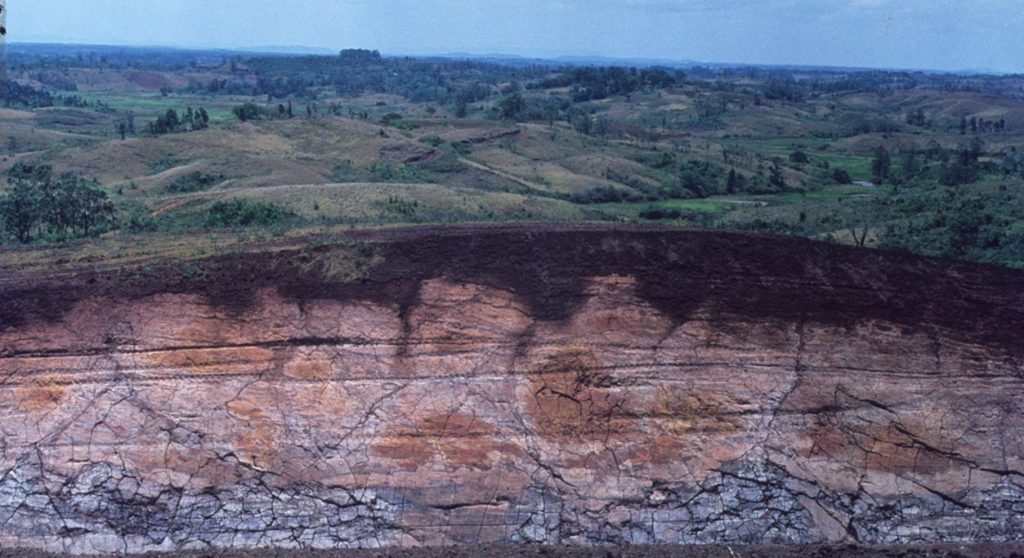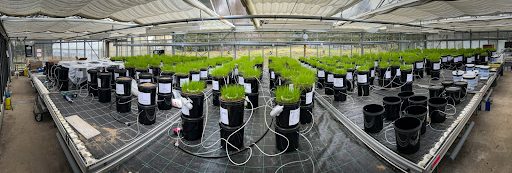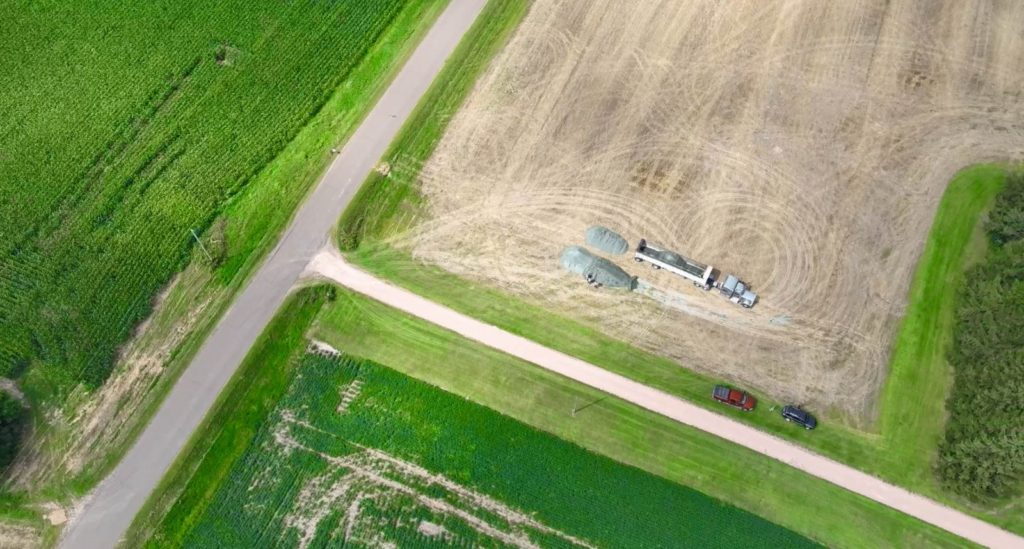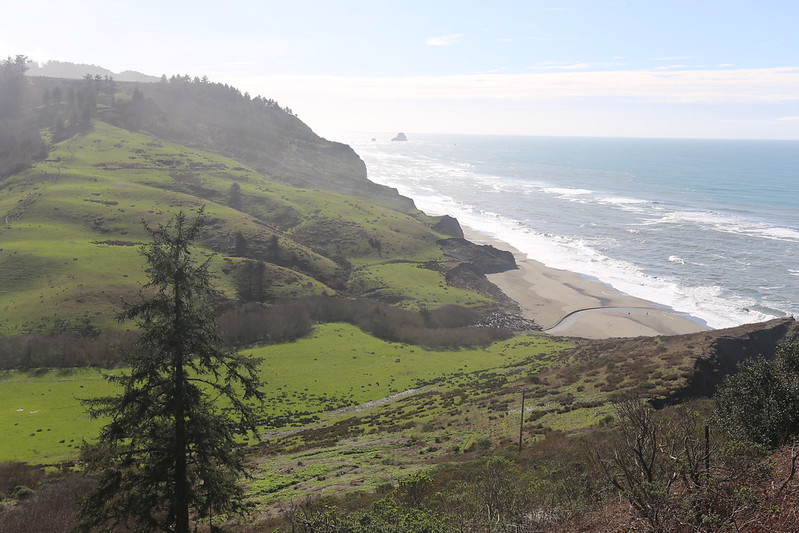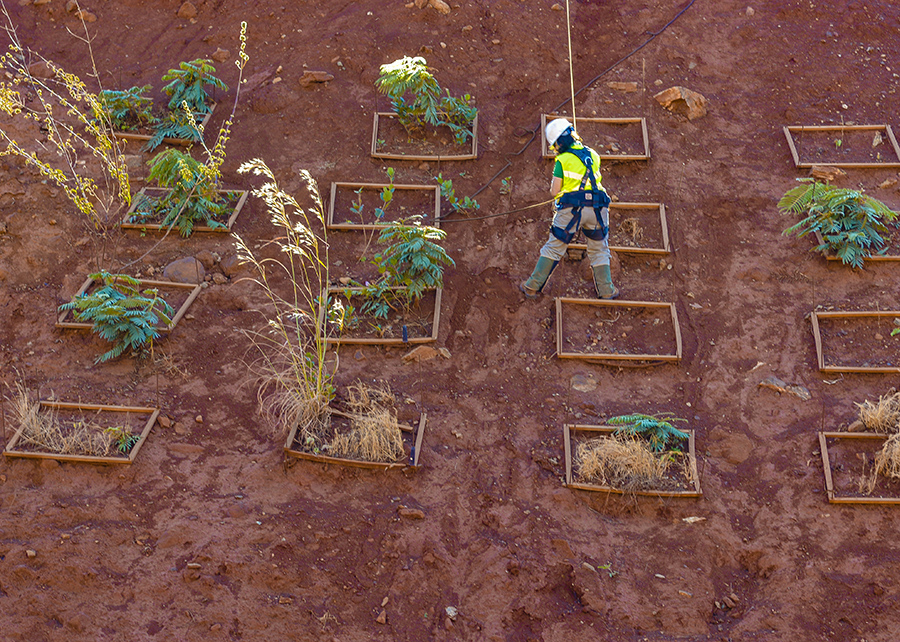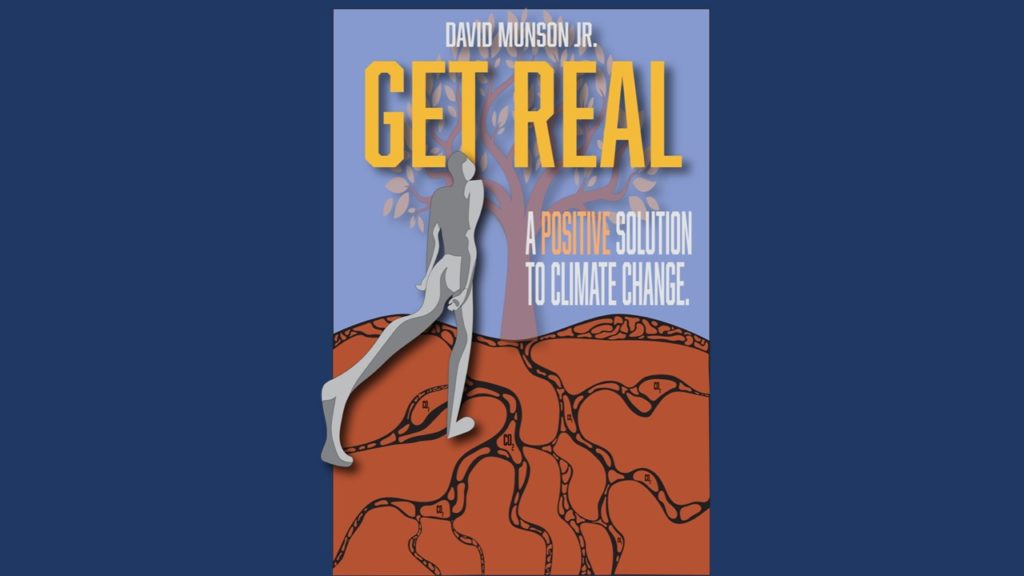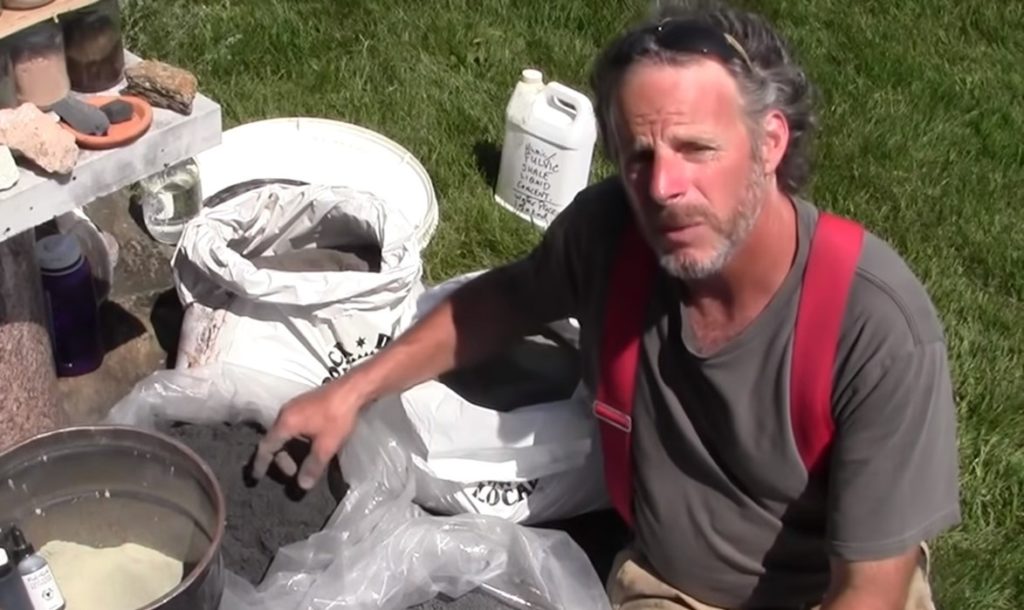Answering the IPCC Call to Demonstrate Rock Dust’s Potential for Climate Stabilization
The IPCC 2022 report on the impacts of global warming warns that climate hazards will increase dramatically if global temperatures continue rising and exceed 1.5 degrees C above pre-industrial levels.
Rock Dust Is Effective to Fight Climate Change, University of Illinois Energy Farm Finds
A new field study led by University of Illinois researcher Ilsa Kantola demonstrates how we can use rock dust weathering to greatly enhance carbon dioxide removal from the atmosphere.
How to Lock Carbon in the Soil Permanently
Prof. Wolfram Buss of Australian National University
Large-scale carbon sequestration is a significant challenge, especially when considering competition for land and resources among different techniques. In this article we report the findings of Buss et al.[4] concerning the synergistic interactions between techniques and soil processes and how they can enhance carbon sequestration potential. The study aims to identify limitations, assess interactions, and define strategies for integrating these methods into agro-ecosystems for large-scale carbon sequestration.
H...
A Breakthrough in Verifying Carbon Dioxide Removal by Rock Dust Weathering
For over a billion years, rock weathering has played a central role in regulating Earth's climate. So what’s behind the rock-climate connection? It turns out...
Carbon Drawdown Initiative Advocates New Recipe for ERW Research
In a time of increasing uncertainty about the future, unprecedented fossil fuel consumption, and the frustrating stagnation of deployable green energies, it might seem difficult to imagine a positive future. But those at the Carbon Drawdown Initiative are self-proclaimed “optimists” who see the present period as an opportunity to learn as much as we can and stock our green arsenals for when the time comes that our society is ready for collective change. The Carbon Drawdown Initiative focuses on supporting research, negative emission technology, and public/political ...
Crash Course on Enhanced Rock Weathering for Carbon Removal
Rock dust delivered to agricultural fields for a terrestrial enhanced weathering field trial (photo courtesy of Lithos). Click photos to enlarge.
Melting iceberg, Greenland (credits: NASA/Saskia Madlener).
According to the Intergovernmental Panel on Climate Change (IPCC), without significant cuts in greenhouse gas emissions, the global temperature will increase by 3 to 4 degrees Celsius by the year 2100. This could have catastrophic consequences for human society. We are already living with the effects of the 1.1-degree increase that has occurred since the ...
The Science of Rock Dust and Carbon Removal with Enhanced Weathering
Carbon dioxide (CO2) is one of the three main greenhouse gasses causing climate change, which is projected to increase global temperature by 5.7° F by the year 2100. This may not seem like a large change, but the Natural Resources Defense Council warns that it can lead to serious consequences for the planet and humanity, including more severe weather, higher sea levels, crop loss, and more. As a planet, we need to prevent this.
According to Professor Jason Smerdon of Columbia Climate School, the soil and oceans naturally remove CO2 from the air, making them ...
Rock dust can remediate harmful nickel contamination
Researcher from EMBRAPA in Brazil checking on plots testing effects of nickel in soils.
Nickel contamination impacts our crops
By the year 2050, we need to grow 56% more food to feed the projected global population while simultaneously preserving our forests instead of turning them into fields for agriculture. The World Resources Institute has identified five solutions to this problem, one of which is to increase the production capabilities of our existing farmland (Ranganathan et al. 2018). This could be difficult due to nickel, which causes problems in soils ...
Getting Real: Munson’s New Book Calls For A ‘Positive Solution To Climate Change’
Remineralizing the planet increases soils’ ability to produce flora capable of absorbing and storing atmospheric carbon dioxide, thus combating global climate change without resorting to the elimination of hydrocarbons from the energy mix — that is a central theme from David Munson’s Get Real: A Positive Solution to Climate Change.
In his new book, this entrepreneur and inventor also calls for more biochar production and implementation of holistic and regenerative agricultural practices en masse, along with somewhat unorthodox methods for spreading ...
Moving Beyond Academia: Rock Dust Local Founder Promotes Remineralization Research
Tom Vanacore with some of Rock Dust Local's rock dust products. Image from video by Learn Organic Gardening at GrowingYourGreens
Remineralization proponents really should publish their own research for peer review, moving away from reliance on academic validation to convince policymakers and the public, says Rock Dust Local founder Tom Vanacore.
From left to right: Ted Dobson, Tom Vanacore and Ben Dobson, with a delivery of Rock Dust Local's biochar at Stone House Farm
“Most of the enhanced-weathering academic papers being published are either too highly ...

